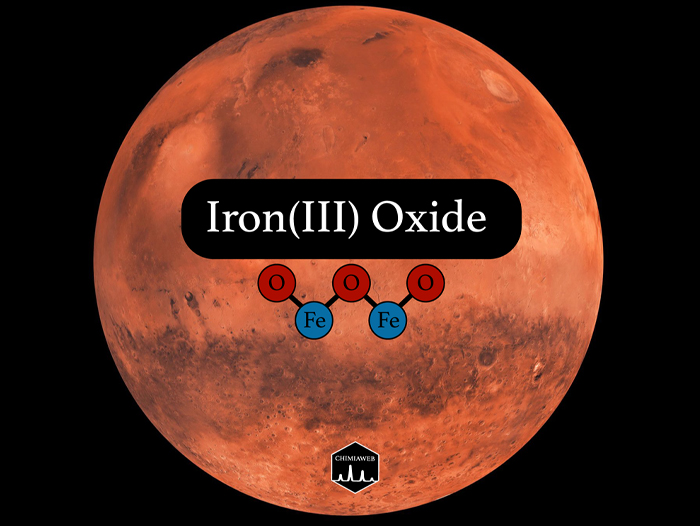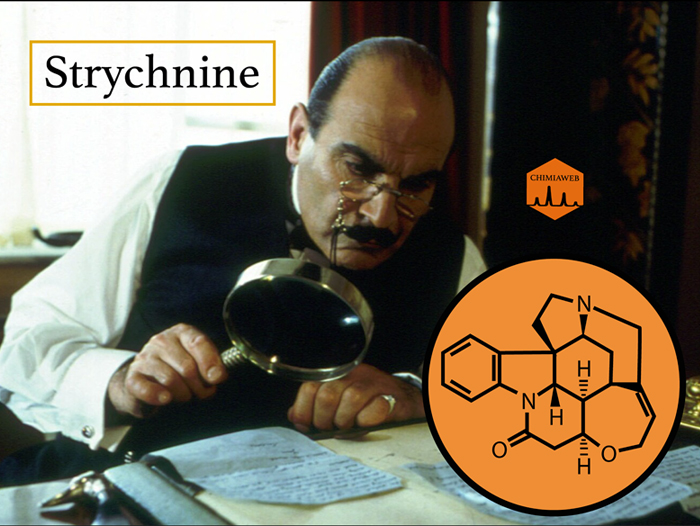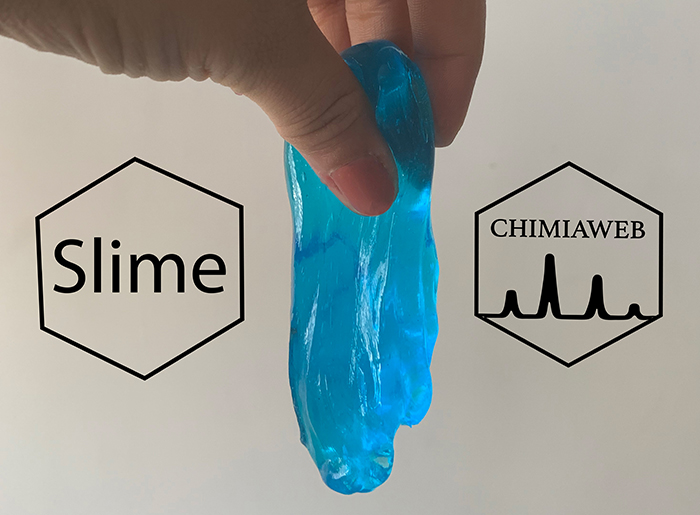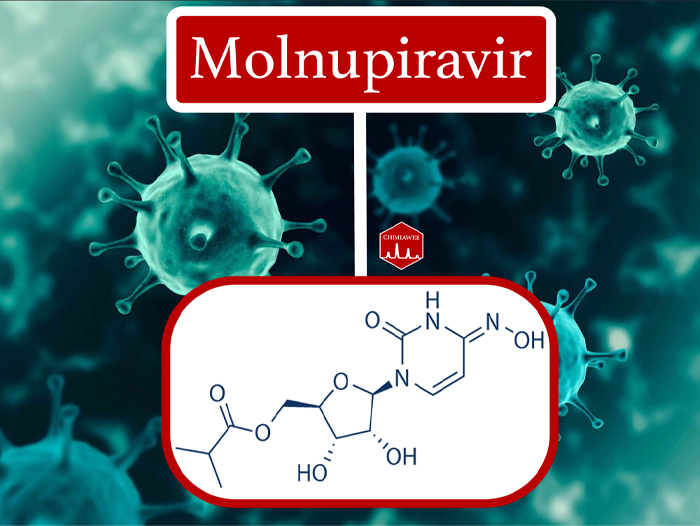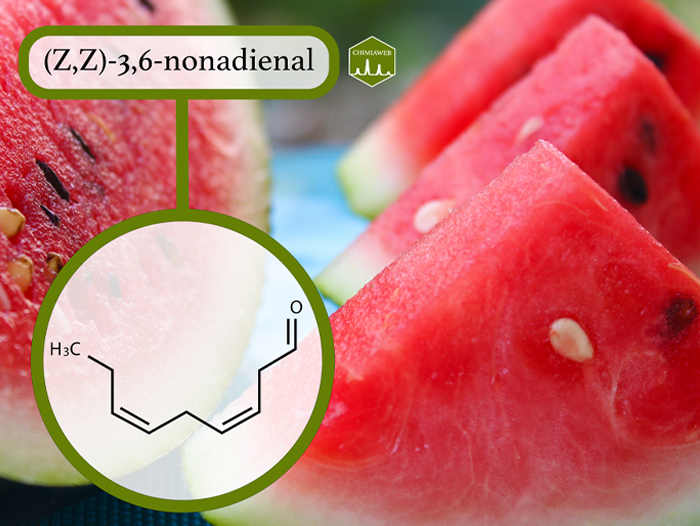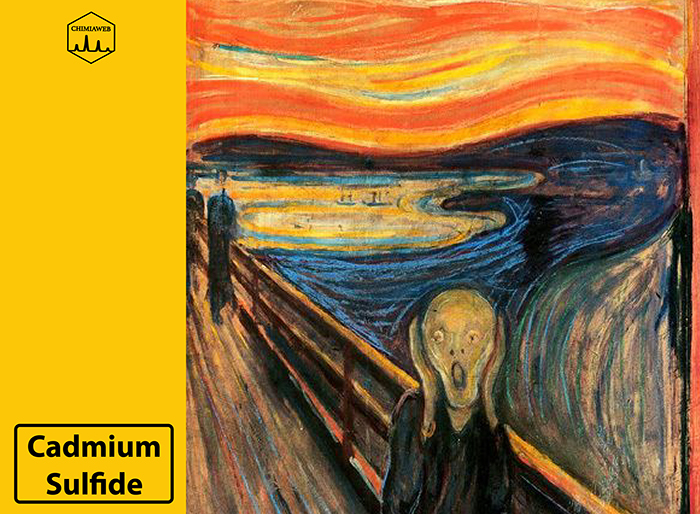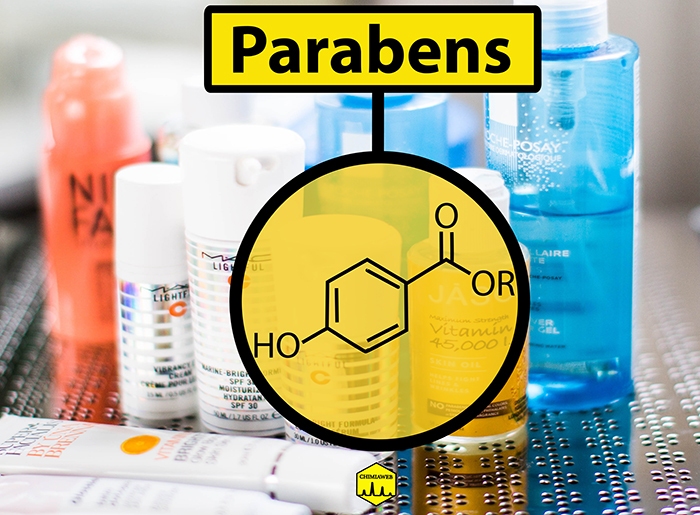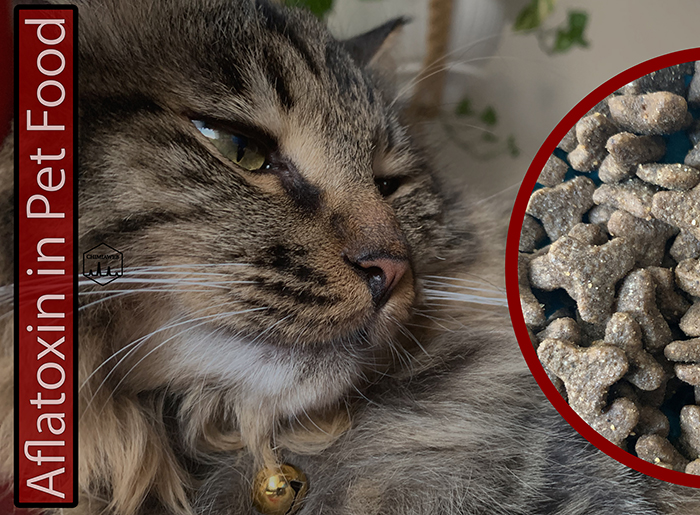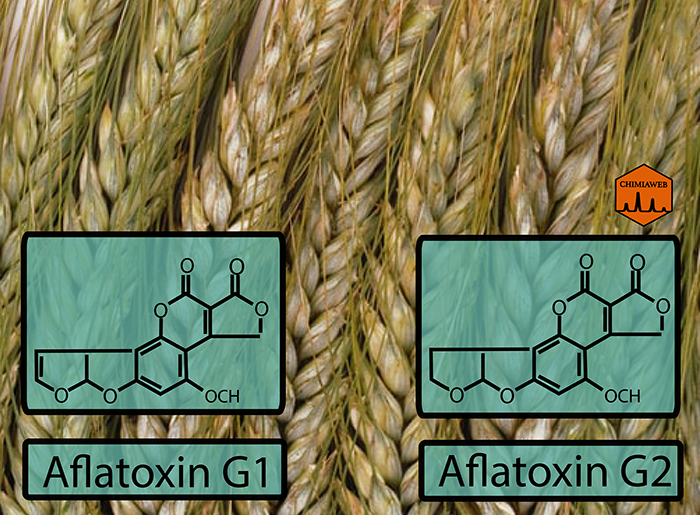What Chemical Makes Mars the Red Planet?
Mars has always been fascinating to humans as a mysterious red dot in the night sky since ancient times. Being one of the five planets visible with the unaided eye, Mars was known to the ancients. It has been included...

